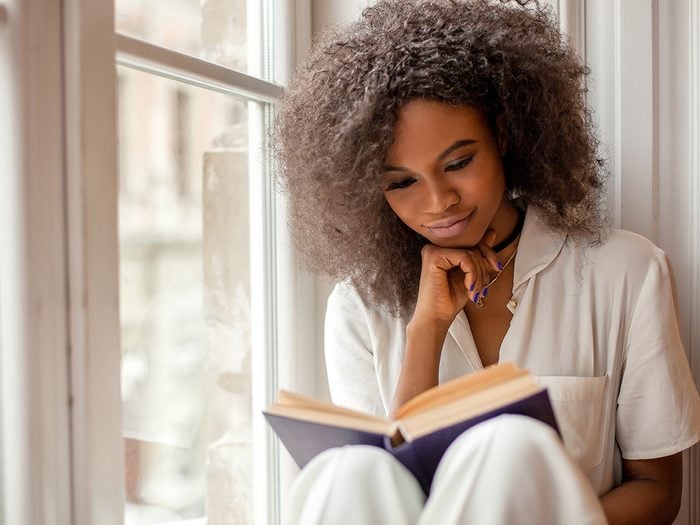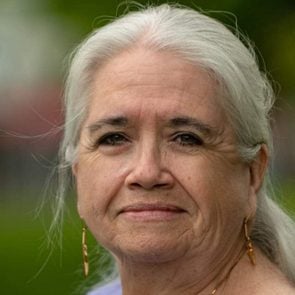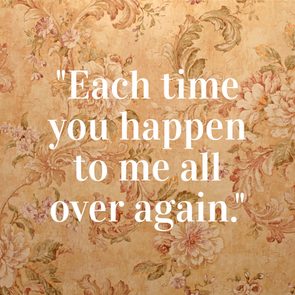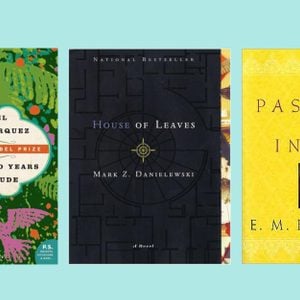How to Understand—And Like—Poetry

Reading poetry can be daunting but life-changing. We turned to poet and professor Sonnet L’Abbé for tips on how to better understand the art of poems.
Reader’s Digest Canada: Many of my friends say they don’t understand poetry, and that’s a sentiment I’ve shared at times. Why can it feel so daunting?
Sonnet L’Abbé: Our brains like it when we line up experiences into a beginning, a middle and an end. But that’s just one way of using language to represent our experience. Poetry often maps the way a mind works associatively, moving from thought to thought, exploring feelings or moments. That’s not true always—there are lots of narrative poems—but I think that’s one of the reasons people say they don’t like poetry.
That makes sense. What can I gain from digging in anyway?
One of the things that poets talk a lot about is “making it new.” A good poem makes you see something in a way you’ve never seen it before, and after you’ve read the poem, you can’t un-see it that way.
There’s a poem by the Canadian writer John Steffler, “That Night We Were Ravenous,” where he almost hits a moose while driving and describes the animal as “a team of beavers trying to operate stilts.” That image really stayed with me. I first read it 20 years ago, and I thought, yes, totally, you are capturing the moose and its weird leggy movement.
Speaking of that “aha” moment, a study from 2017 found that people listening to a poem for the first time got goosebumps, even if they didn’t fully understand it.
Poems use repetition and sound and the vowel and breath on the ear. That can have the same impact on us as singing does. And mothers sing to their babies to calm them down, right?
Is it acceptable, then, for someone to connect with a poem in a musical way only?
If you find it pleasurable, then yes. There’s no one way to experience a poem.
Amanda Gorman’s reading of her poem “The Hill We Climb” at President Biden’s inauguration got people talking about race in America, and it made them feel hopeful. How has poetry been used to address social issues in Canada?
Shane Koyczan, who performed spoken word poetry at the 2010 Olympics in Vancouver, later had a video of his poem “To This Day,” about the experience of being bullied, go viral. It really resonated with people, and it allowed people to speak more openly about their experiences with bullying.
And Dionne Brand has been a voice for the diasporic Black community for decades. She asks people to think about how language can either be used to help social justice come about or instead uphold the status quo. For example, in No Language Is Neutral, she wrote about Black lesbian desire in beautiful poems that also subtly exposed how the literary language of the era upheld sexist and homophobic norms.
Thanks. I’ll check those out. Any practical tips you can share as I begin?
Read slowly and read out loud. But also, when I read a new poem, I don’t worry if I don’t get it on the first read. Being with a poem is kind of like being with a good painting—you can take in a whole painting and look at it in a second, but to appreciate all the choices that were made, you have to spend some time with it.
Sonnet L’Abbé, a professor at Vancouver Island University and a poetry editor at Brick Books, published their third collection of poetry, Sonnet’s Shakespeare, in 2019.






